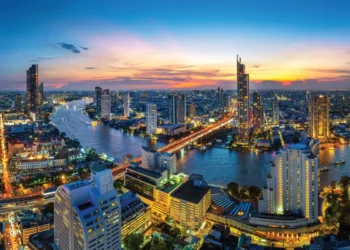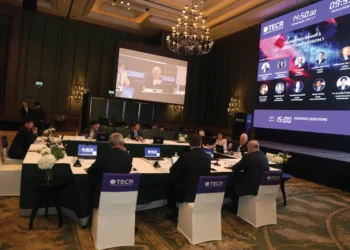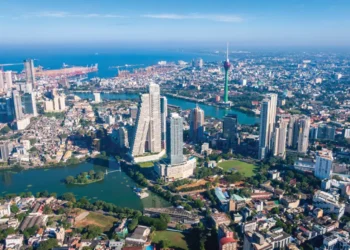As evidenced at January’s 1st IR Expo in Yokohama, competition is heating up among vendors keen to win a piece of Japan’s IR pie.
The recent revelation that just one consortium, MGM Resorts and Orix, had applied to submit a bid to develop an integrated resort in Osaka – with Galaxy Entertainment Group and Genting Singapore opting to focus their energies elsewhere instead – was the latest in a series of maneuverers by operators as they jostle for position in the world’s most sought after new casino market.
But it is no longer just operators making all the noise.
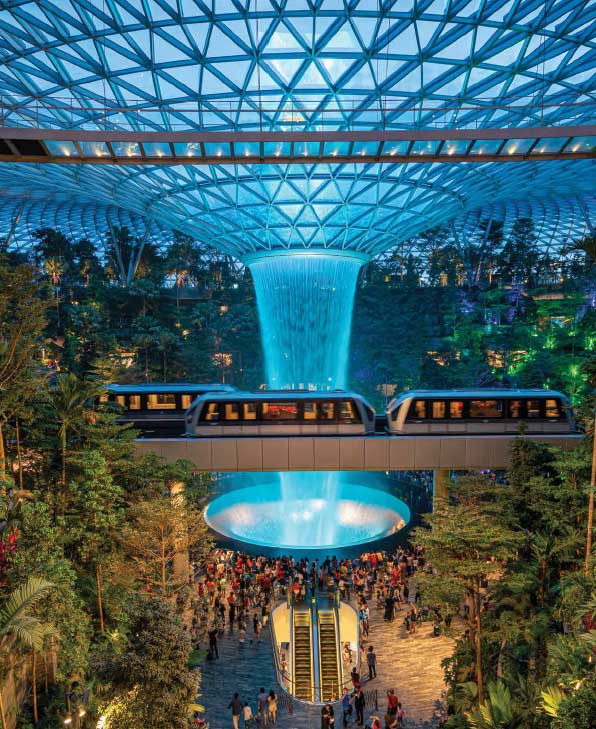
At the 1st IR Expo in Yokohama on 29 and 30 January, a notable feature of the exhibition floor was the proliferation of manufacturers and suppliers eager to lend their innovative expertise to Japan’s first IRs. An increasingly common site at Japanese IR shows over the past 12 months, the 45 exhibitors in Yokohama comprised everything from design and architecture, or media and security services firms to the latest technological innovations in IT, video, entertainment and cutting edge robots.
Their interest is understandable. According to Yokohama city, estimates for a Yokohama IR range from 20 million to 40 million visitors each year with consumption expenditures of JPY 450 billion (US$4.2 billion) to JPY 740 billion (US$6.8 billion). in the surrounding area. This would create an estimated economic ripple effect (including indirect effects) of JPY 750 billion (US$6.9 billion) to JPY 1.2 trillion (US$11.1 billion) during construction and JPY 630 billion to JPY 1 trillion during operations. Opportunities to get on board an industry that lucrative from day one don’t come along very often.
Among the exhibitors at the 1st IR Expo in Yokohama were Japan’s biggest super general contractors – including Obayashi, Taisei, Kajima and Takenaka – who were actively promoting their past success stories in developing large-scale projects as well as showcasing their latest construction and engineering technologies.
Notably, Obayashi and Taisei posted record net profit in the six month period to 30 September 2019, aided by demand in the lead-up to the Tokyo Olympics, and they will be eager to continue the momentum via IRs.
Security technology was represented in Yokohama by Fujitsu, Toshiba, Panasonic and Alsok, with combinations of face-recognition and biometric authentication at the forefront of their displays.
Fujitsu currently boasts authentication of over 1 million people through the combination of face-recognition and palm veins, and was the company responsible for first developing palm vein authentication, which is becoming increasingly commonplace.
Toshiba introduced a system that allows for two-factor authentication using one device by registering fingerprint information in the IC card in advance.
Panasonic displayed its “See-through translation counter”, which uses face recognition to automatically detect the user’s language and then displays the translated results of real-time conversations through a transparent monitor. The technology, which allows people speaking different languages to converse, is largely targeted for use at hotel front desks or information counters.
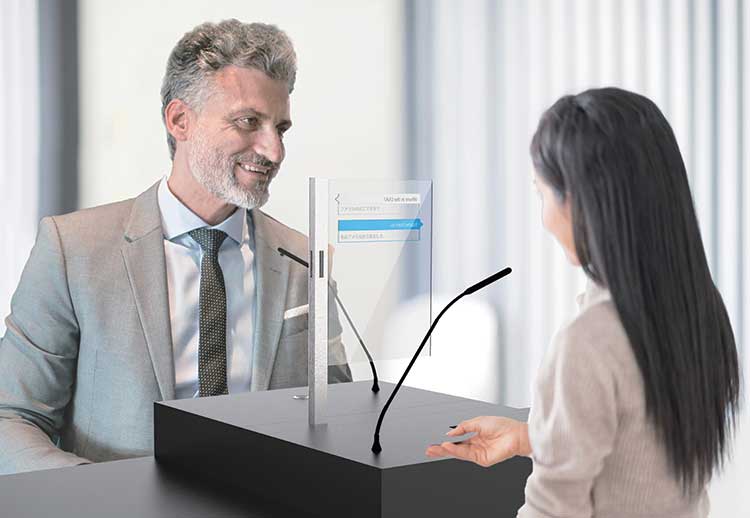
The use of facial recognition is expected to be a common theme of Japan’s IRs, with the ability to quickly identify people registered as problem gamblers likely to appeal to the concerns of national and local governments.
Another product to feature prominently in Yokohama was digital signage. With Japan boasting the reputation of a global leader in cutting-edge visual technologies, it was no surprise to see such diversity of designs, such as cube-shaped digital signage that can be combined freely to create vibrant video, and video that changes with footsteps using pressure sensors.
Most eye-catching though was Mitsubishi Electric’s “Aerial Displays.” This remarkable technology generates images in thin air through reflectors, sourced from an LED display, and gives the distinct impression to passers-by that they are about to step into a Sci-Fi movie. Mitsubishi said it is moving forward with the product, expected to be ready by 2021, and envisions creating guide displays out of thin air as well as various aerial displays for entertainment purposes.
Recruitment agencies are also getting in on the act, with one representative telling IAG, “We’ve been thinking about recruitment for hotels and MICE in the area. This was our first exhibition, but we had far more inquiries than we expected.”
It’s still early days for those looking to engage with Japan’s IRs, but in a nation renowned for the advancement of technology it seems the time to impress is now.








